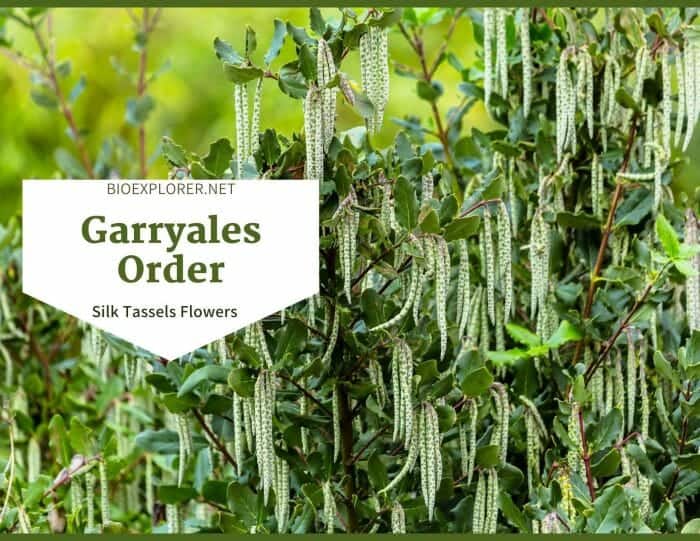
The Silk tassel order, Garryales are trees or shrubs distributed in North America and Asia. The members of the Garryales have opposite and exstipulateWhat is exstipulate?Without stipules; Stipule is a small structure of appendage found at the base of some leaf petioles. leaves, distinct male and female plants aggregated in catkins, usually sepaline perianth, and endospermic seeds. The larkspur, Japanese Laurel, and silk tassels are the example species of the Garryales order.
Table of Contents
Garryales Families
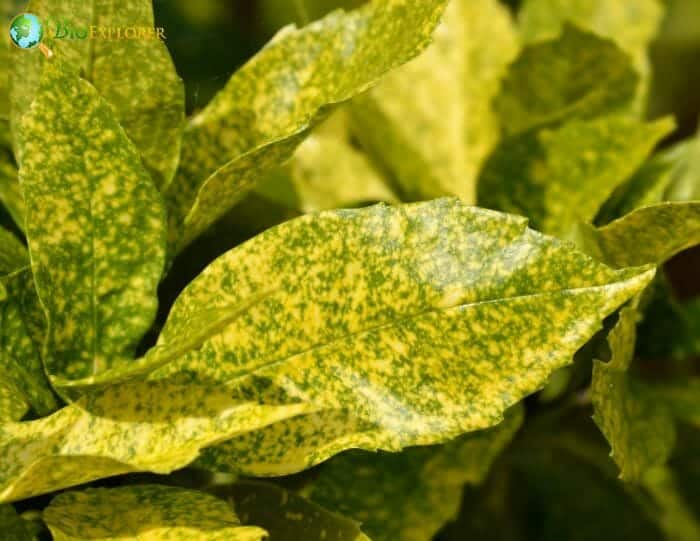
Garryales is a small order of flowering plants placed under the asterid clade. Garryales consists of 2 families and 18 species.
- Garryaceae (Silk tassel family).
- Eucommiaceae (Gutta-Percha family)
![]()
Garryales Distribution
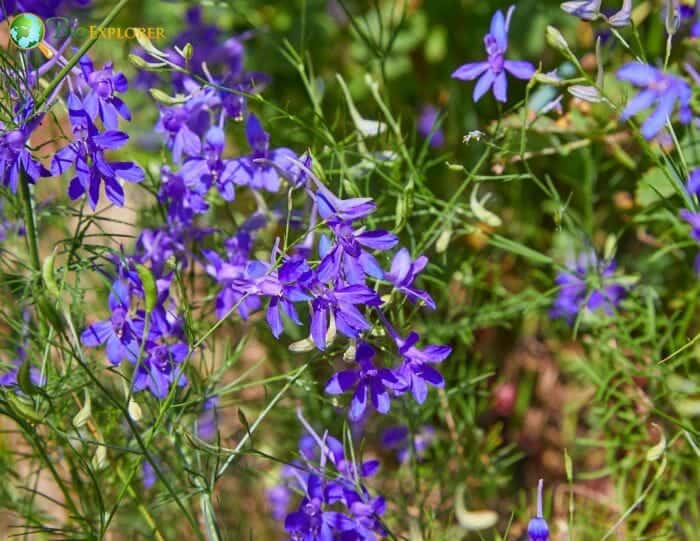
The plants of the order Garryales are distributed in North America and Asia. The Silktassel family with 2 genera and 17-19 species[1] are found in western North America and Central America. Family Eucommiaceae with 1 genus and 1 species[2] are found in Central China.
![]()
Garryales Characteristics
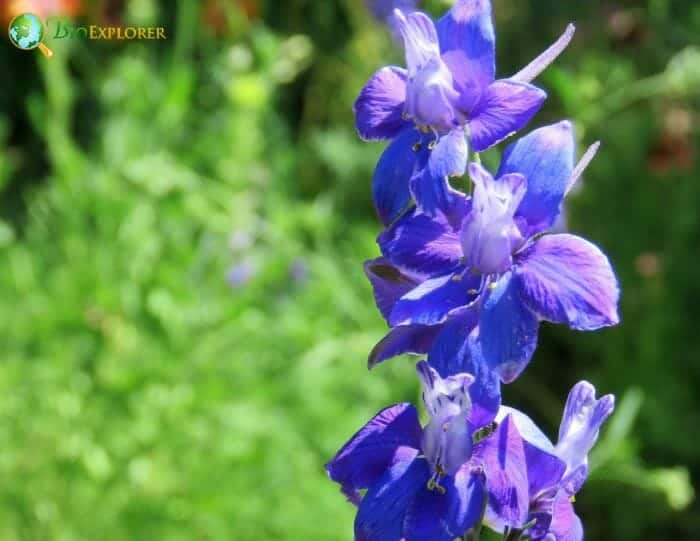
- Plant type: The members of the Garryales order are trees and shrubs.
- Stems: The twigs of the young stems are 4-angled. The cork cambium is present, and the secretory cavities are absent.
- Leaves: Plants have simple, opposite, connate, and exstipulate leaves.
- Flowers and inflorescences: The flowers of the Garryales are unisexual and aggregated in catkins.
- Sepals and petals: The perianth of most of the flowers are sepaline in 1 whorl. The only species of Eucommiaceae have no sepals and petals.
- Stamens and carpels: There are 4 stamens in the flower. The gynoecium has 2-3 carpels.
- Ovary and fruit: The ovary of most species is superior. The fruit is a berry in Garryaceae and a samara in Eucommiaceae.
- Seeds: The seed is only 1-2 per fruit; endospermic.
![]()
Garryales Flowers and Reproduction
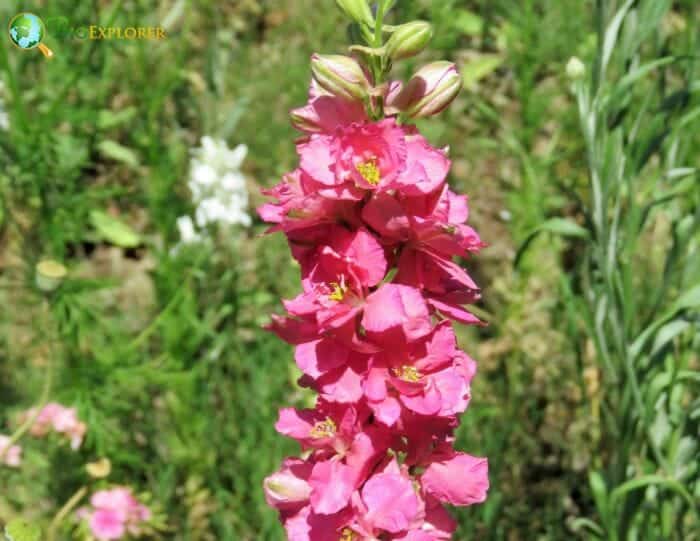
Garryaceae flowers are small and actinomorphicWhat is actinomorphic?A characteristic of the flower exhibiting radial symmetry such as starfish or Daisy flower; capable of being bisected into identical halves along more than one axis, forming mirror images. Opposite is Zygomorphic. and are pedicellateWhat is pedicellate?Borne on a pedicel; a flower characterized by having a stalk is also known as pedunculate or pedicellate; opposite is sessile (i.e., no stalk); or sessile. These flowers are unisexual and are pollinated by wind (anemophilousWhat is anemophilous?Referring to flowers which are wind-pollinated; other type is entomophilous (insect-pollinated)). The Garryaceae flowers are small and are axillary in catkins. The flowers are bracteateWhat is bracteate?Possessing or bearing bracts., often connate. Each bract subtends 1-3 flowers. The perianth is sepaline in 1 whorl. Some species have vestigial or absent perianth. Usually, the calyxWhat is calyx?A collective term for all the sepals of a flower; the lowermost whorl of floral orgrans (Plural form is calyces). lobes are 2 in female flowers and 4 in male flowers. The male flowers typically have apically connate, regular, and valvateWhat is valvate?Sepals having adjacent edges abutting rather than overlapping; opening by valves; edges of structures coming together so that the margins touch but won't overlap. perianth. The silk tassel male flowers are long creamy yellow. The flower will turn gray when they dry. The female flower is also the same, except that it is shorter.
The only species of the Eucommiaceae family, Eucommia ulmoides[3] are small, greenish-brown, bracteate, and ebracteolate. The flowers are intercalary and consist of flowers with short pedicels in the axils of the bracts. E. ulmoides lack sepals and petals. The androecium in the male flowers typically has 6-10 stamens, all fertile; free of one another. The gynoecium is syncarpousWhat is syncarpous?Flowering having united carpels; Contrast apocarpous. with 2-3 carpels. The pollination of the E. ulmoides is anemophilous.
![]()
Garryales Family Differences
Garryaceae
- The members of the Garryaceae are dioeciousWhat is dioecious?Pertaining to plants, individuals of which bear either staminate or pistillate flowers, but not both. trees and shrubs.
- The species of the Garryaceae have simple, opposite, and connate leaves. The leaves lack stipules.
- The flowers are small and unisexual. The flowers are axillary, aggregated in catkins. The flowers are bracteate; 1-3 flowers in each bract axil.
- The perianth of the flowers is 1 whorl and sepaline. There are 4 valvate and apically connate perianth parts in male flowers and 2 in female flowers.
- The flowers have 4 stamens; alternisepalous. There are 2-3 carpels in the gynoecium.
- The ovary of the flowers is inferior. The fruit is a berry that dries during maturity.
- There are 1-2 seeds per fruit. The seeds are endospermic. The endospermWhat is endosperm?An embryonic nutritive tissue formed during double fertilization by the fusion of a sperm with the polar nuclei. is oily with petroselinic acid.
![]()
Eucommiaceae
- The sole member of the Eucommiaceae is a deciduous tree.
- The species have simple, alternate, and petiolate leaves. These leaves are pinnately veined and exstipulate.
- The flowers are unisexual and are at the axil of the bracts.
- The flowers of Eucommiaceae do not have perianth.
- There are 5-10 stamens, and the filaments are very short. The gynoecium has 2 fused carpels.
- The ovary of the flower is superior. The fruit is a samara; elm-like.
- There is only 1 seed per fruit; endospermic.
![]()
Garryales Example Species
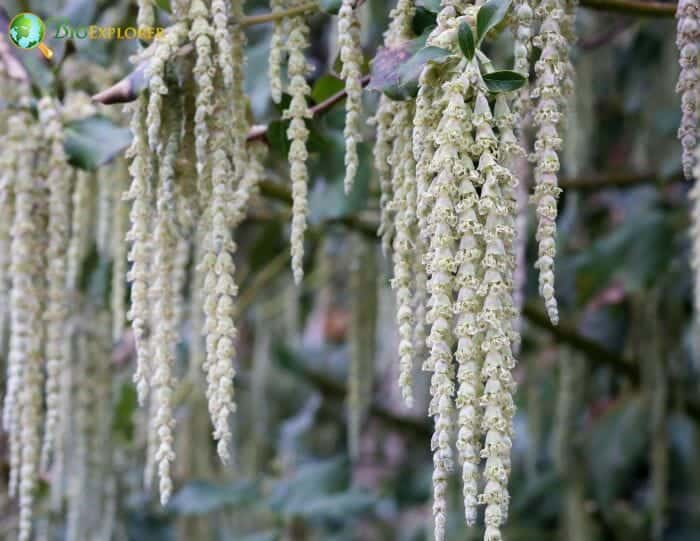
The order Garryales only contains 18 species. However, below are some of the example species of the order and their uses and benefits.
- Chaparral silktassel – Chaparral silktassel is attractive and has an appeal as a landscape species. The plant also has medicinal uses.
- Ashy silktassel – The Ashy silktassel plant is commonly used as an ornamental, specifically in California. The species’ leaves are used as traditional medicine by the southwestern native Americans.
- Coast silktassel – The Coast silk-tassel is a landscape plant because of its showy cascading flowers. The leaves of the plant have medicinal uses.
- California fever bush – This species is considered a landscape plant. The intensely bitter leaves are used as tonic and antiperiodic.
- Japanese laurel – Japanese laurel is commonly used for landscaping. The leaves are slightly toxic but can be considered emergency food. In addition, the leaves are medicinal, and the wood is used for making walking sticks and pipes (for smoking).
- Chinese aucuba – The species are used as ground cover or hedge plants in the gardens.
- Canyon silktassel – The Canyon silktassels are used in landscaping as a foundation plant or an accent.
- Aucuba chlorascens
- Himalaica laurel – A. himalaica is commonly planted as an ornamental hedge plant.
- Eucommia ulmoides – E. ulmoides is a traditional Chinese herb containing various chemical constituents to promote health.
![]()











